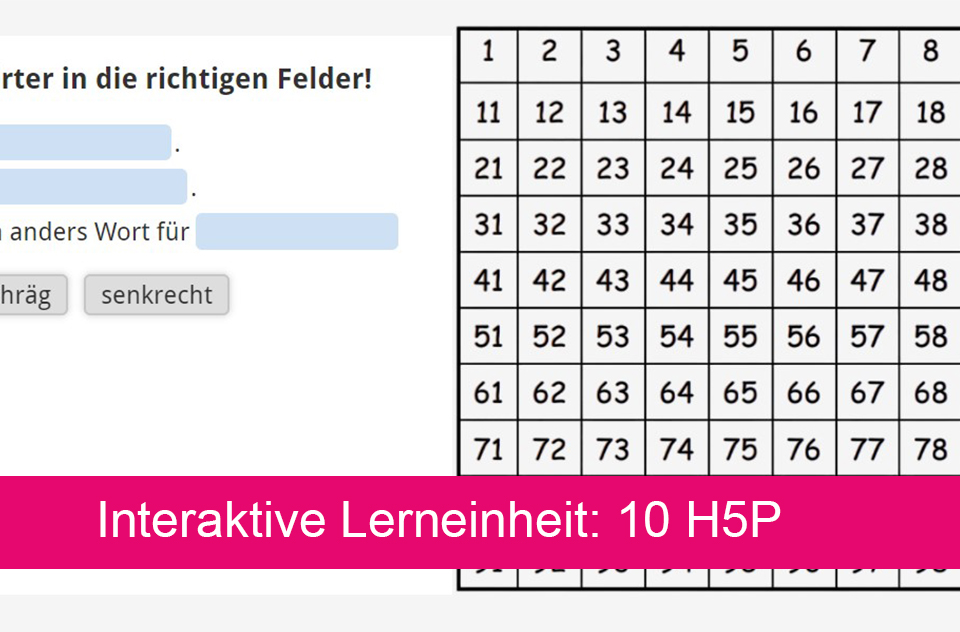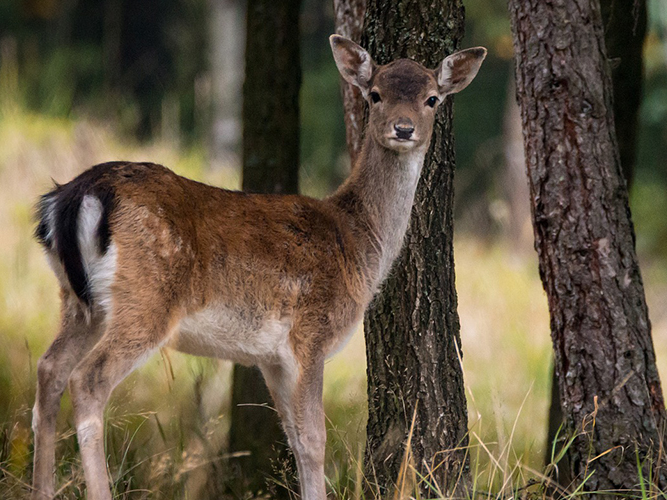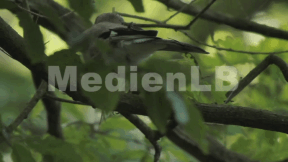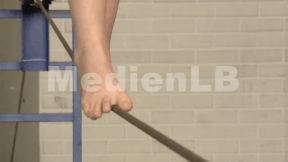 Mathematics, Primary School
Mathematics, Primary School

Lerneinheit Mathematik 3/4
55506319
Lerneinheit Mathematik 3/4
In 10 interaktiven Aufgaben beschäftigen sich die Lernenden mit Aufgabenstellungen bezüglich der Hundertertafel.
Über die anfängliche Erarbeitung der Struktur, gibt es Aufgaben zu Ausschnitten der Hundertertafel (Wege / Treppen), zu füllende Lücken, oder auch Rätsel zur Orientierung.
Ansprechend und abwechslungsreich gestaltet dienen die Aufgaben der Wissensvertiefung und -abfrage.
Demo
Included Tasks
- Hundertertafel
- Hundertertafel
- Hundertertafel
- Hundertertafel
- Hundertertafel
- Hundertertafel
- Hundertertafel
- Hundertertafel
- Hundertertafel
- Hundertertafel









